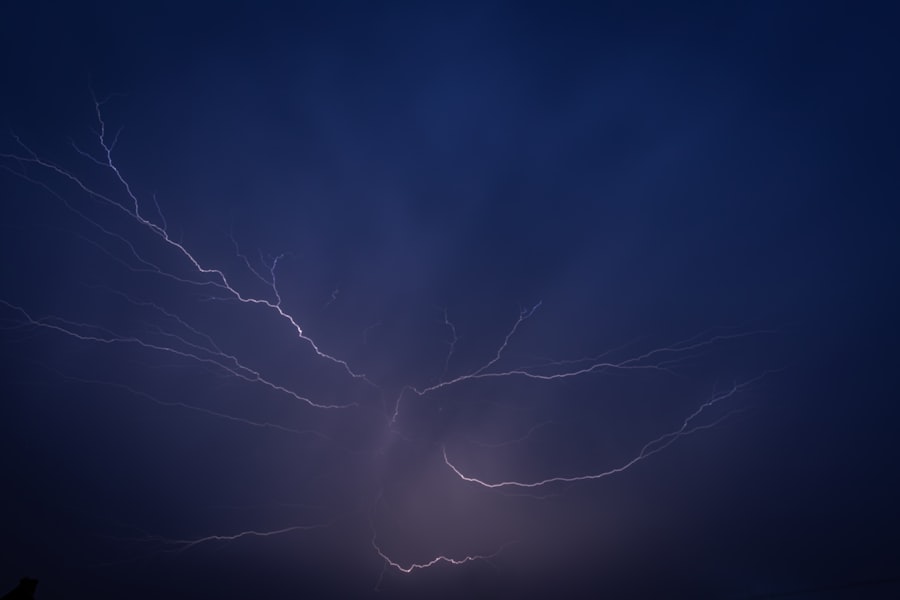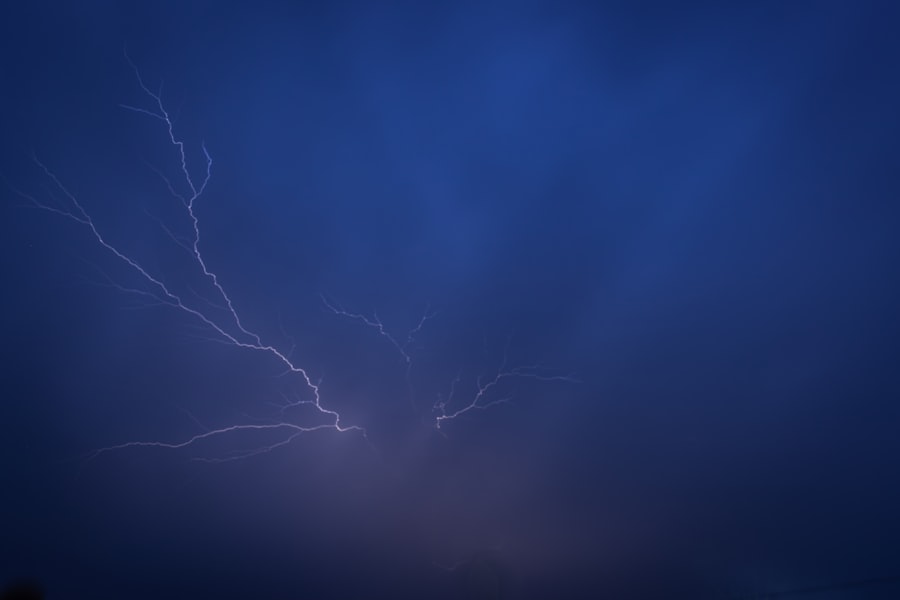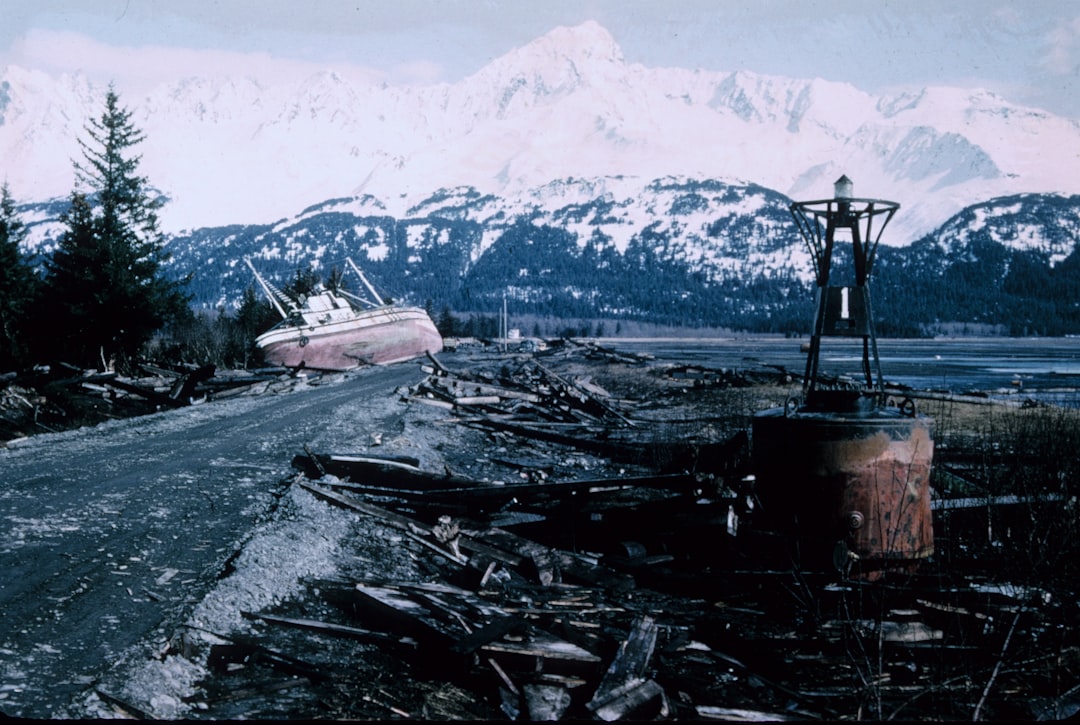The Drake Passage, a body of water situated between the southern tip of South America and Antarctica, is renowned for its tumultuous seas and unpredictable weather patterns. This narrow stretch of ocean, measuring approximately 800 kilometers (500 miles) wide, serves as a critical conduit for maritime traffic between the Atlantic and Pacific Oceans. Named after the English explorer Sir Francis Drake, who navigated these waters in the late 16th century, the passage has since become a focal point for adventurers, researchers, and tourists alike.
Its unique geographical position contributes to its reputation as one of the most challenging maritime routes in the world. The Drake Passage is not only significant for its historical context but also for its ecological importance. It is home to a diverse array of marine life, including whales, seals, and various seabird species.
The confluence of cold Antarctic waters and warmer currents from the north creates a rich feeding ground that supports these creatures. However, the beauty of this region is often overshadowed by its notorious weather conditions, which can change rapidly and without warning. As such, understanding the complexities of navigating through the Drake Passage is essential for anyone daring enough to embark on this journey.
Key Takeaways
- The Drake Passage is a treacherous stretch of water between South America’s Cape Horn and the South Shetland Islands of Antarctica.
- Extreme weather conditions in the Drake Passage can include hurricane-force winds, massive waves, and rapidly changing weather patterns.
- Essential safety measures for navigating the Drake Passage include securing all loose items, wearing appropriate clothing, and staying informed about weather updates.
- Strategies for handling extreme weather in the Drake Passage include using advanced weather forecasting, choosing the best route, and maintaining constant communication with other vessels.
- Experienced crew and skilled navigation are crucial for safely navigating through extreme weather in the Drake Passage.
Understanding the extreme weather conditions in the Drake Passage
The weather in the Drake Passage is characterized by its volatility, with conditions that can shift from calm to chaotic in a matter of hours. The passage is influenced by several factors, including the convergence of ocean currents, the proximity to Antarctica, and the surrounding topography. These elements combine to create a unique microclimate that is often marked by high winds, towering waves, and sudden storms.
Sailors and travelers must be prepared for these extreme conditions, as they can pose significant risks to navigation and safety. One of the most daunting aspects of the Drake Passage is its infamous waves, which can reach heights of up to 15 meters (50 feet) during storms. These colossal swells are generated by strong winds that sweep across the open ocean, unimpeded by land.
The combination of these factors results in a challenging environment that tests even the most seasoned mariners. Understanding these weather patterns is crucial for anyone planning to traverse this treacherous waterway, as it can mean the difference between a successful journey and a perilous ordeal.
Preparing for the journey: essential safety measures

Preparation is key when embarking on a voyage through the Drake Passage. Travelers must equip themselves with not only the right gear but also a thorough understanding of safety protocols. Before setting sail, it is essential to conduct comprehensive research on the expected weather conditions and potential hazards.
This includes reviewing forecasts and consulting with experienced navigators who are familiar with the intricacies of the passage. Knowledge is power, and being well-informed can significantly enhance safety during the journey. In addition to gathering information, travelers should ensure they have appropriate safety equipment on board.
Life jackets, emergency beacons, and first aid kits are just a few of the essentials that should be readily available. Furthermore, it is advisable to have a well-stocked supply of food and water, as well as communication devices that can function in remote areas. By taking these precautions, adventurers can mitigate risks and enhance their chances of navigating through the Drake Passage safely.
Navigating through the Drake Passage: strategies for handling extreme weather
| Strategies for Navigating through the Drake Passage | Extreme Weather Handling |
|---|---|
| 1 | Monitoring weather forecasts |
| 2 | Utilizing advanced navigation technology |
| 3 | Implementing safety protocols for crew and passengers |
| 4 | Communication with other vessels for weather updates |
| 5 | Having experienced crew members familiar with extreme conditions |
Successfully navigating through the Drake Passage requires not only preparation but also effective strategies for handling extreme weather conditions. One critical approach is to maintain constant vigilance regarding weather updates and forecasts. Modern technology allows sailors to access real-time data on wind speeds and wave heights, enabling them to make informed decisions about their course and speed.
By staying attuned to changing conditions, navigators can adjust their routes or seek shelter when necessary. Another vital strategy involves understanding vessel handling techniques in rough seas. Experienced sailors know how to position their boats to minimize the impact of waves and wind.
For instance, sailing at an angle to incoming waves can help reduce rolling and pitching, making for a more stable ride. Additionally, reducing sail area during storms can prevent damage to the vessel while ensuring that it remains manageable in turbulent waters. These techniques are essential for maintaining control and ensuring safety while traversing the unpredictable waters of the Drake Passage.
The role of technology in navigating through extreme weather in the Drake Passage
In recent years, advancements in technology have revolutionized maritime navigation, particularly in challenging environments like the Drake Passage. Modern vessels are equipped with sophisticated navigation systems that provide real-time data on weather patterns, sea conditions, and potential hazards. These tools enable sailors to make informed decisions about their routes and adjust their plans accordingly.
For instance, satellite communication systems allow for constant updates on weather changes, ensuring that navigators are always aware of impending storms or shifts in wind patterns. Moreover, technology has enhanced safety measures on board vessels traversing the Drake Passage. Automated systems can monitor critical parameters such as engine performance and fuel consumption, alerting crew members to any anomalies that may arise during the journey.
Additionally, advanced radar systems can detect obstacles or other vessels in proximity, reducing the risk of collisions in low visibility conditions. The integration of these technologies into maritime operations has significantly improved safety and efficiency in navigating through extreme weather.
The importance of experienced crew and skilled navigation in extreme weather

While technology plays a crucial role in modern navigation, the importance of an experienced crew cannot be overstated when traversing the Drake Passage. Skilled mariners possess invaluable knowledge gained from years of experience at sea. They understand how to interpret weather patterns, read ocean currents, and respond effectively to emergencies.
This expertise is particularly vital in extreme weather conditions where quick decision-making can mean the difference between safety and disaster. An experienced crew also fosters a culture of safety on board. They are trained to follow established protocols during adverse conditions and can effectively communicate with one another to ensure that everyone is aware of their roles and responsibilities.
This teamwork is essential when facing challenges such as rough seas or equipment malfunctions. Ultimately, having a skilled crew enhances not only safety but also confidence among passengers who may be apprehensive about navigating through such treacherous waters.
Coping with seasickness and motion sickness during extreme weather in the Drake Passage
Seasickness is a common concern for many travelers embarking on a journey through the Drake Passage. The combination of rough seas and motion can lead to discomfort or even incapacitation for some individuals. To mitigate these effects, it is advisable for passengers to take preventive measures before setting sail.
Additionally, staying hydrated and consuming light meals can help alleviate symptoms. During extreme weather conditions, coping with seasickness becomes even more critical.
Crew members are trained to assist passengers who may be struggling with nausea or discomfort. Providing a calm environment on board can make a significant difference; encouraging individuals to focus on stable points within the vessel or getting fresh air on deck can help ease symptoms. Ultimately, understanding how to manage seasickness is an essential aspect of preparing for a journey through the unpredictable waters of the Drake Passage.
Emergency protocols and procedures for extreme weather in the Drake Passage
In any maritime adventure, having well-defined emergency protocols is paramount—especially when navigating through extreme weather conditions like those found in the Drake Passage. Before embarking on their journey, crews should conduct thorough training sessions that cover various emergency scenarios they may encounter at sea. This includes drills for man-overboard situations, equipment failures, or severe weather events that require immediate action.
When faced with extreme weather conditions, adherence to established protocols can save lives.
Additionally, maintaining clear communication channels during emergencies ensures that everyone on board understands their roles and responsibilities.
By prioritizing safety training and emergency preparedness, crews can navigate through challenging situations with confidence.
The impact of extreme weather on wildlife and marine life in the Drake Passage
The extreme weather conditions prevalent in the Drake Passage do not only affect human travelers; they also have significant implications for wildlife and marine life inhabiting this unique ecosystem. The turbulent waters can disrupt feeding patterns for various species, including seals and seabirds that rely on stable conditions for hunting and nesting. Additionally, changes in water temperature due to storms can impact fish populations and their migratory routes.
Moreover, extreme weather events can lead to habitat destruction for marine life along coastal areas or ice formations critical for certain species’ survival. As climate change continues to influence weather patterns globally, understanding these impacts becomes increasingly important for conservation efforts aimed at protecting wildlife in this fragile environment. Researchers are continually studying how these changes affect biodiversity within the Drake Passage and what measures can be taken to mitigate negative consequences.
Lessons learned from past extreme weather incidents in the Drake Passage
Throughout history, there have been numerous incidents involving extreme weather in the Drake Passage that have provided valuable lessons for future navigators. One notable event occurred in 2007 when a cruise ship encountered unexpected storms that resulted in significant damage and injuries among passengers and crew members. This incident highlighted the importance of thorough pre-voyage planning and real-time monitoring of weather conditions.
Another lesson learned from past experiences is the necessity of having contingency plans in place for emergencies arising from severe weather events. Vessels must be equipped with reliable communication systems that allow them to report their status and receive assistance if needed during crises. By analyzing past incidents and implementing changes based on those experiences, mariners can enhance safety measures while navigating through this challenging passage.
the thrill and challenges of navigating through extreme weather in the Drake Passage
Navigating through the Drake Passage presents both thrilling opportunities and formidable challenges for adventurers seeking to explore this remarkable region. The unpredictable nature of its weather demands careful preparation, skilled navigation techniques, and an understanding of safety protocols that ensure a successful journey across its tumultuous waters. While technology has undoubtedly improved navigation capabilities, it is ultimately the experience and expertise of seasoned crews that play a crucial role in overcoming obstacles posed by extreme conditions.
As travelers embark on this journey into one of nature’s most awe-inspiring yet treacherous environments, they are reminded of both their vulnerability and resilience against nature’s forces. The thrill of witnessing breathtaking landscapes teeming with wildlife amidst raging seas serves as a testament to humanity’s enduring spirit of exploration—a spirit that continues to drive adventurers into the heart of one of Earth’s most challenging maritime passages: the Drake Passage.
The Drake Passage is notorious for its extreme weather conditions, often challenging even the most seasoned sailors. A related article that delves into the intricacies of navigating such treacherous waters can be found on MyGeoQuest. This article provides insights into the unique meteorological phenomena that contribute to the passage’s reputation and offers tips for those daring enough to traverse it. For more detailed information, you can read the full article by visiting MyGeoQuest’s sample page.
WATCH NOW! Drake Passage: Earth’s Deadliest Waters Revealed
FAQs
What is the Drake Passage?
The Drake Passage is the body of water between the southern tip of South America and the northern tip of the Antarctic Peninsula. It is known for its rough seas and challenging weather conditions.
What kind of extreme weather is common in the Drake Passage?
The Drake Passage is known for experiencing extreme weather conditions, including strong winds, high waves, and rapidly changing weather patterns. Storms and rough seas are common in this region.
Why does the Drake Passage experience such extreme weather?
The extreme weather in the Drake Passage is primarily due to its location and the strong westerly winds that circle Antarctica. These winds can create intense storms and rough seas, making the passage one of the most challenging maritime routes in the world.
How does extreme weather in the Drake Passage impact travel and shipping?
The extreme weather in the Drake Passage can make travel and shipping difficult and dangerous. Ships crossing the passage may experience delays, rough sailing conditions, and the need to navigate through storms.
Are there any safety measures in place for dealing with extreme weather in the Drake Passage?
Ships and vessels crossing the Drake Passage are equipped with advanced navigation and communication systems to help them navigate through extreme weather conditions. Additionally, many ships are staffed with experienced crew members who are trained to handle challenging weather at sea.
